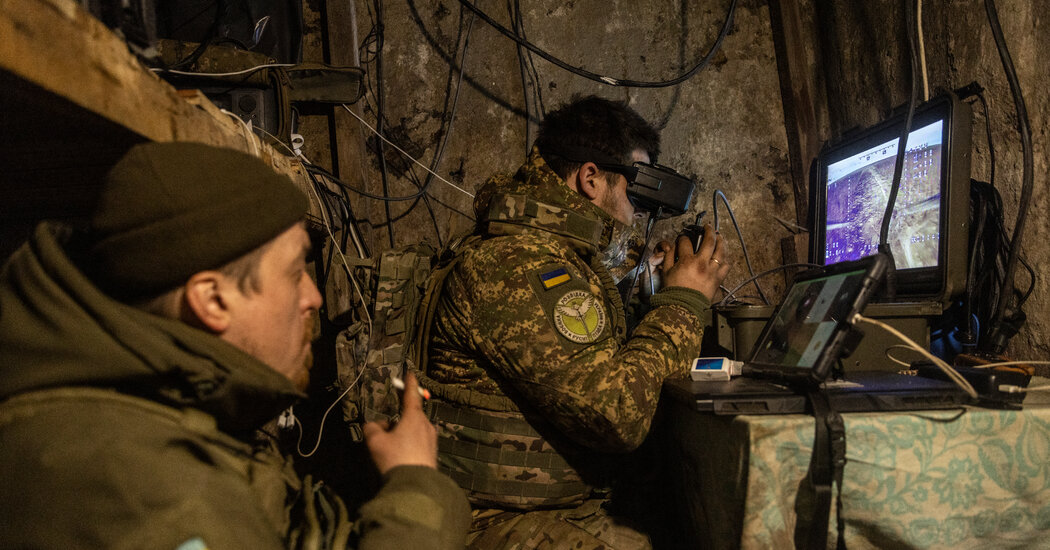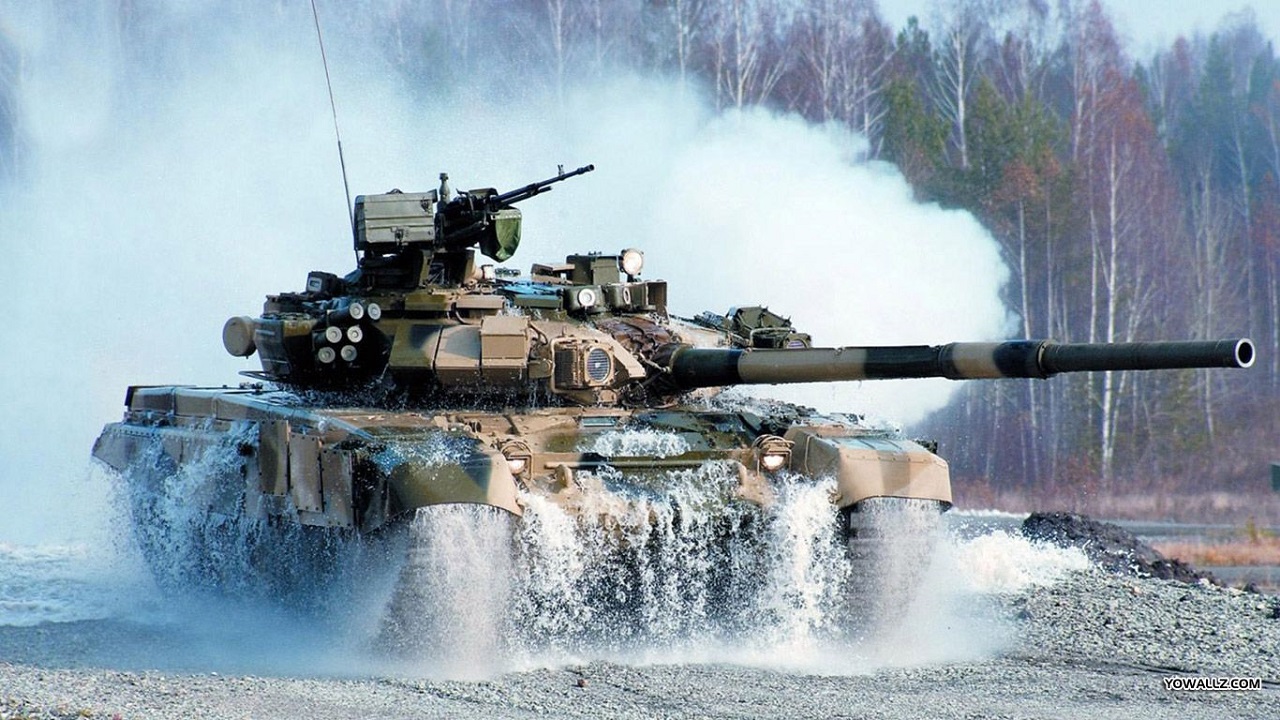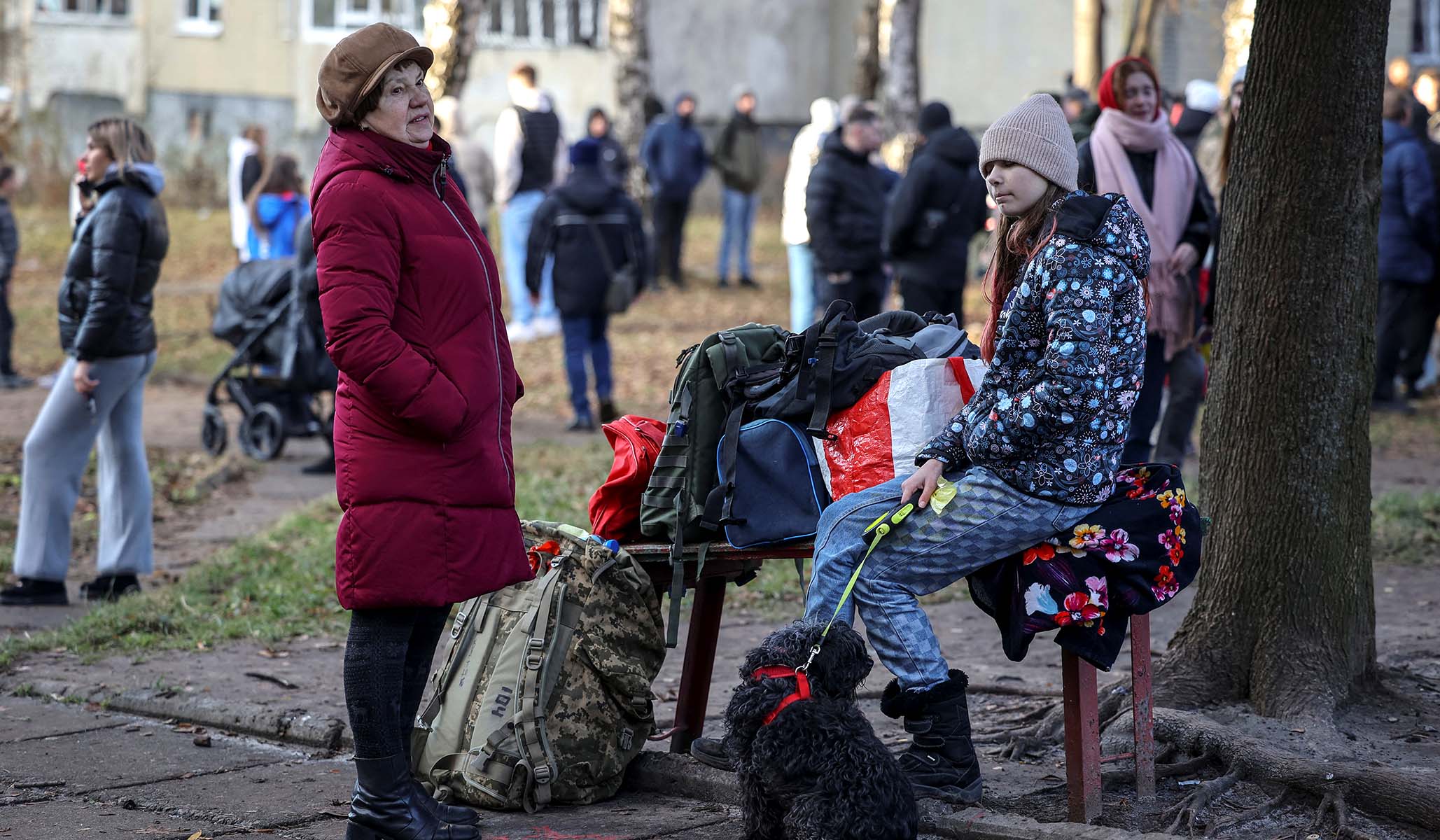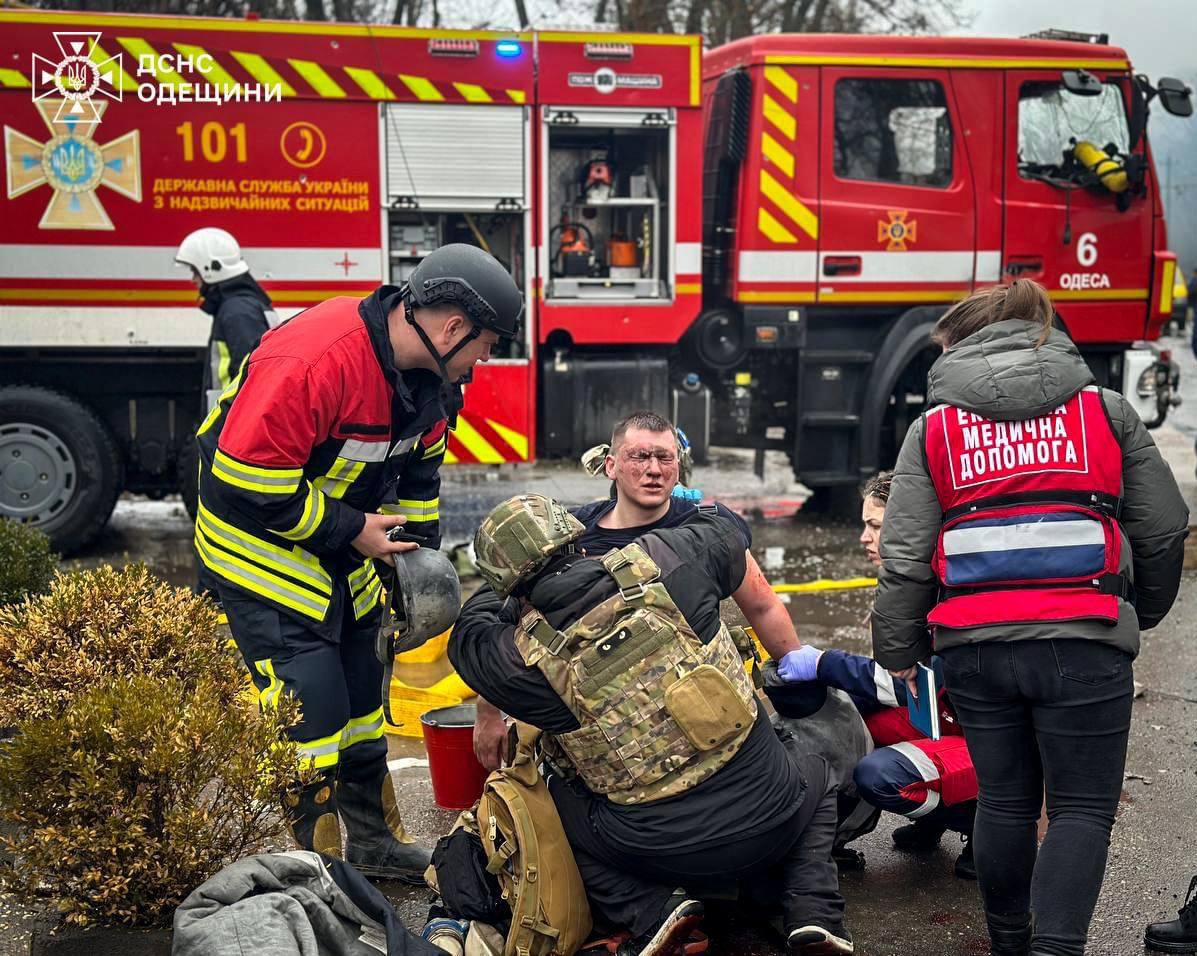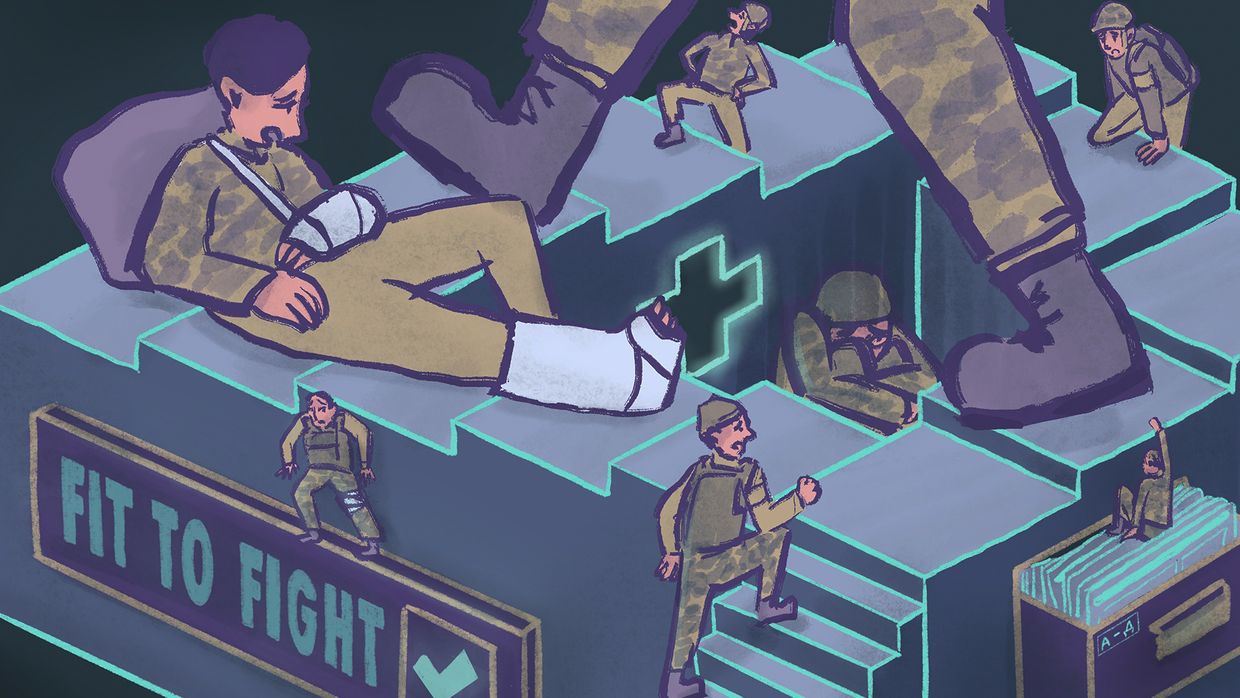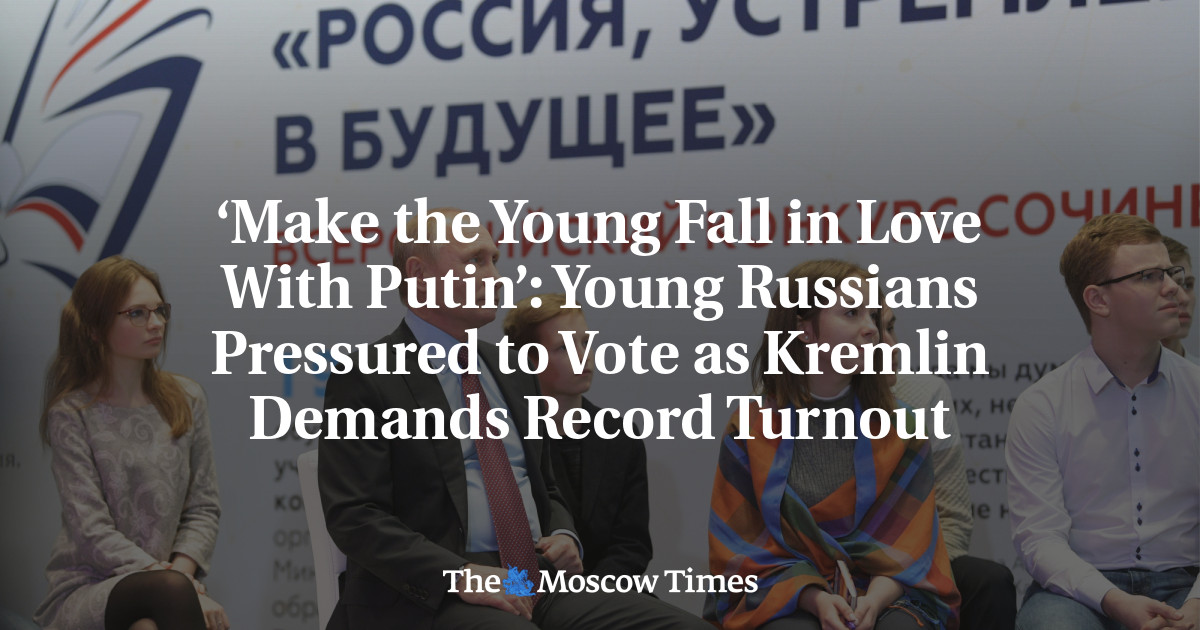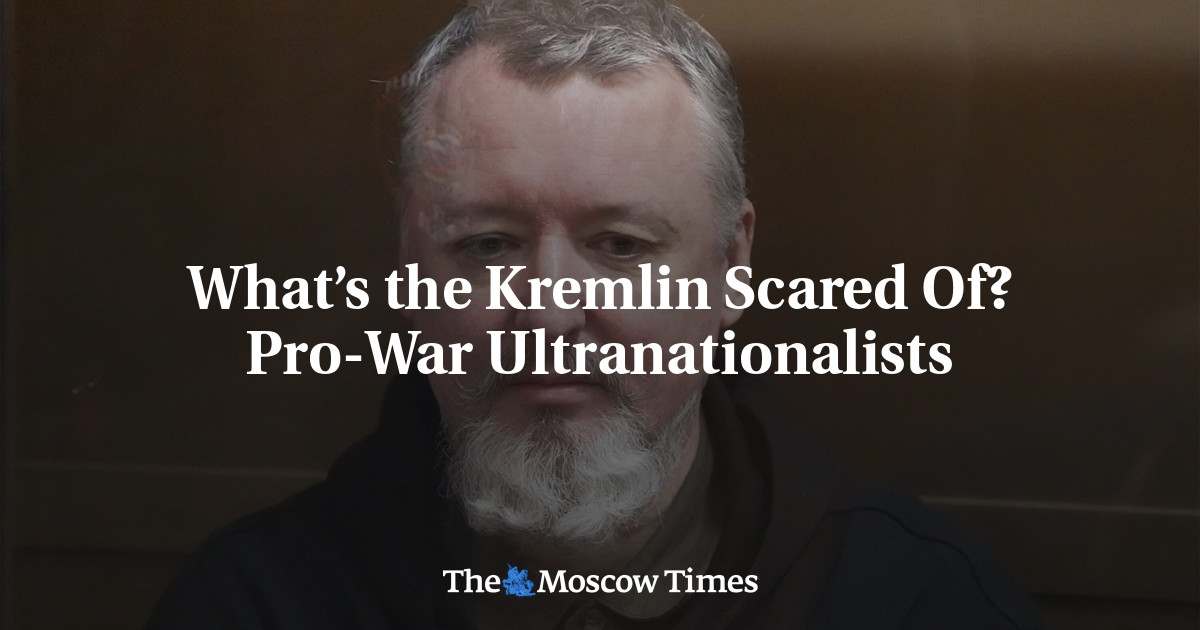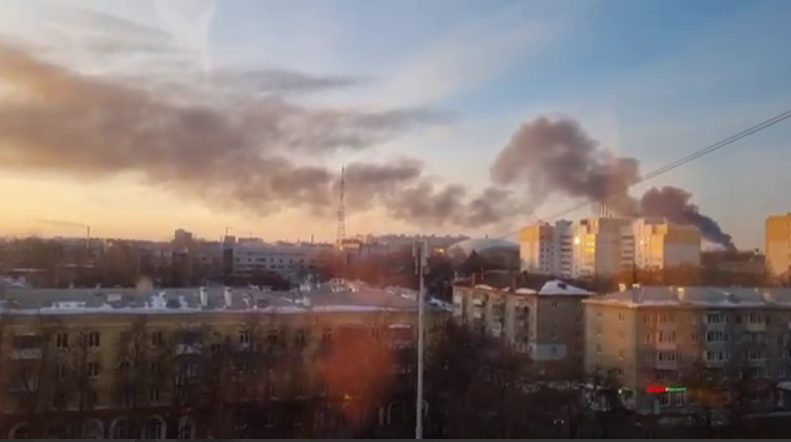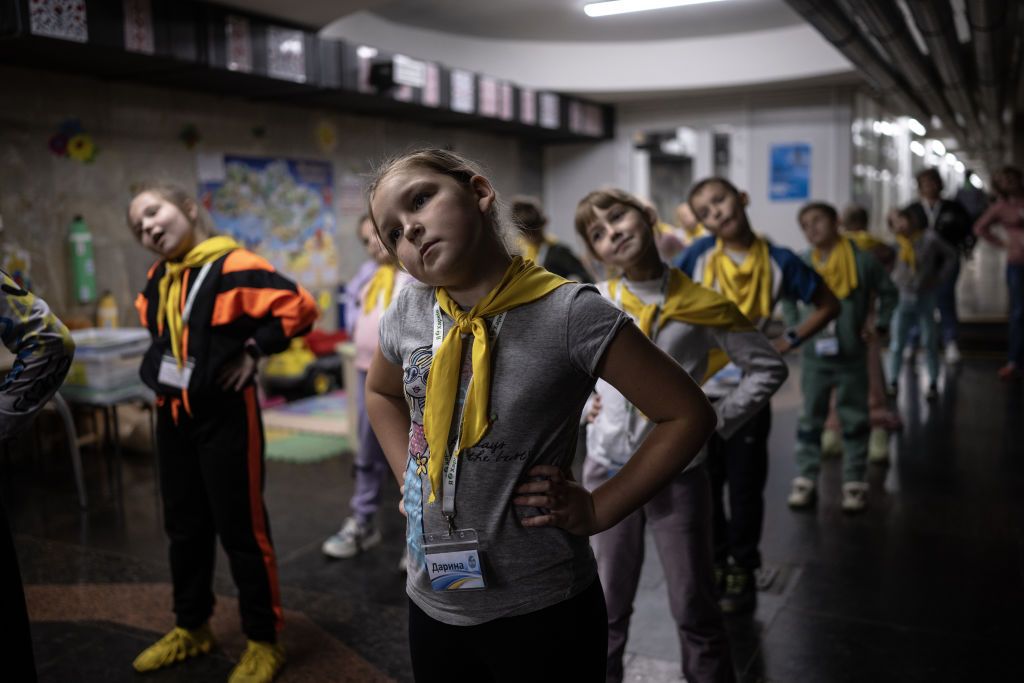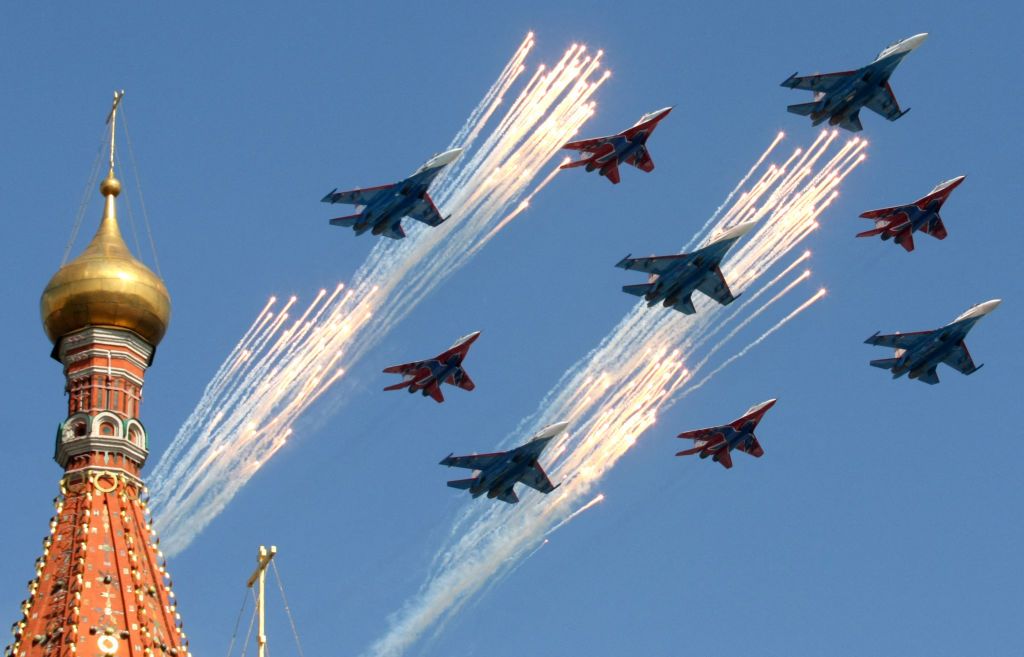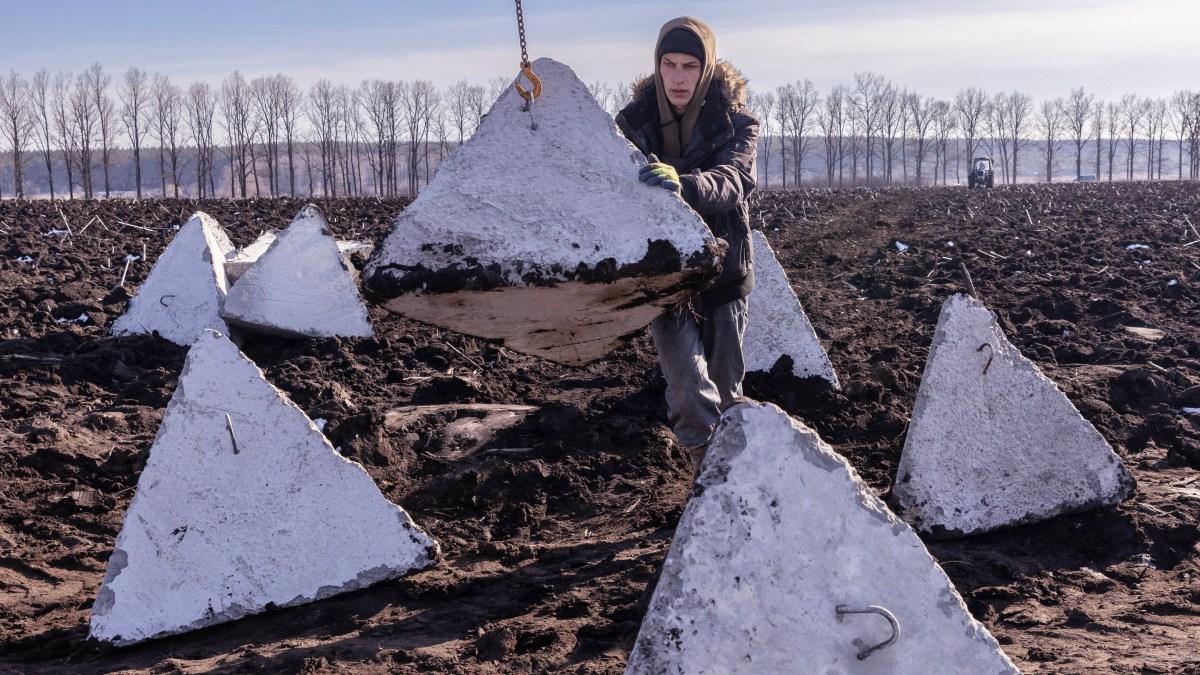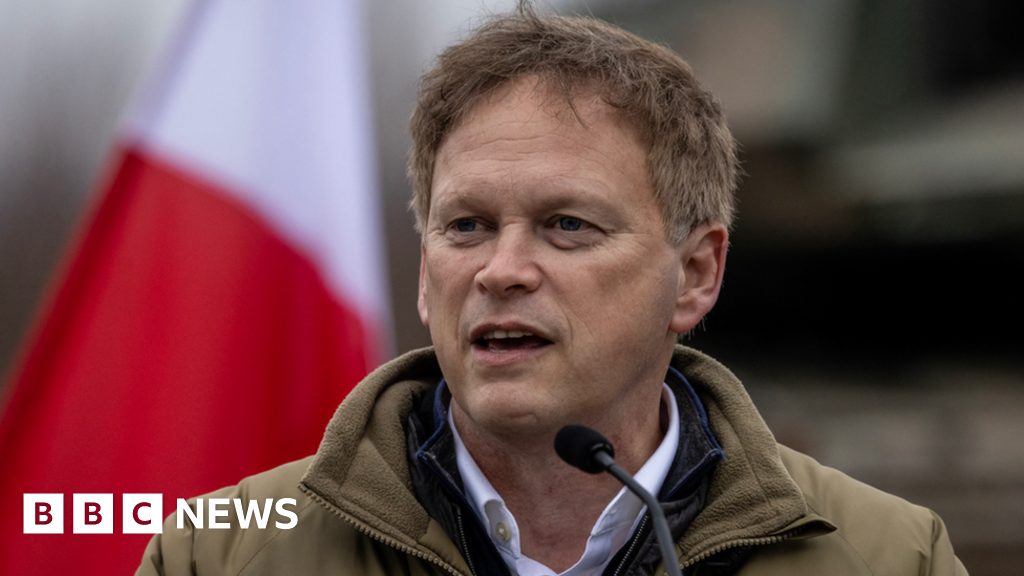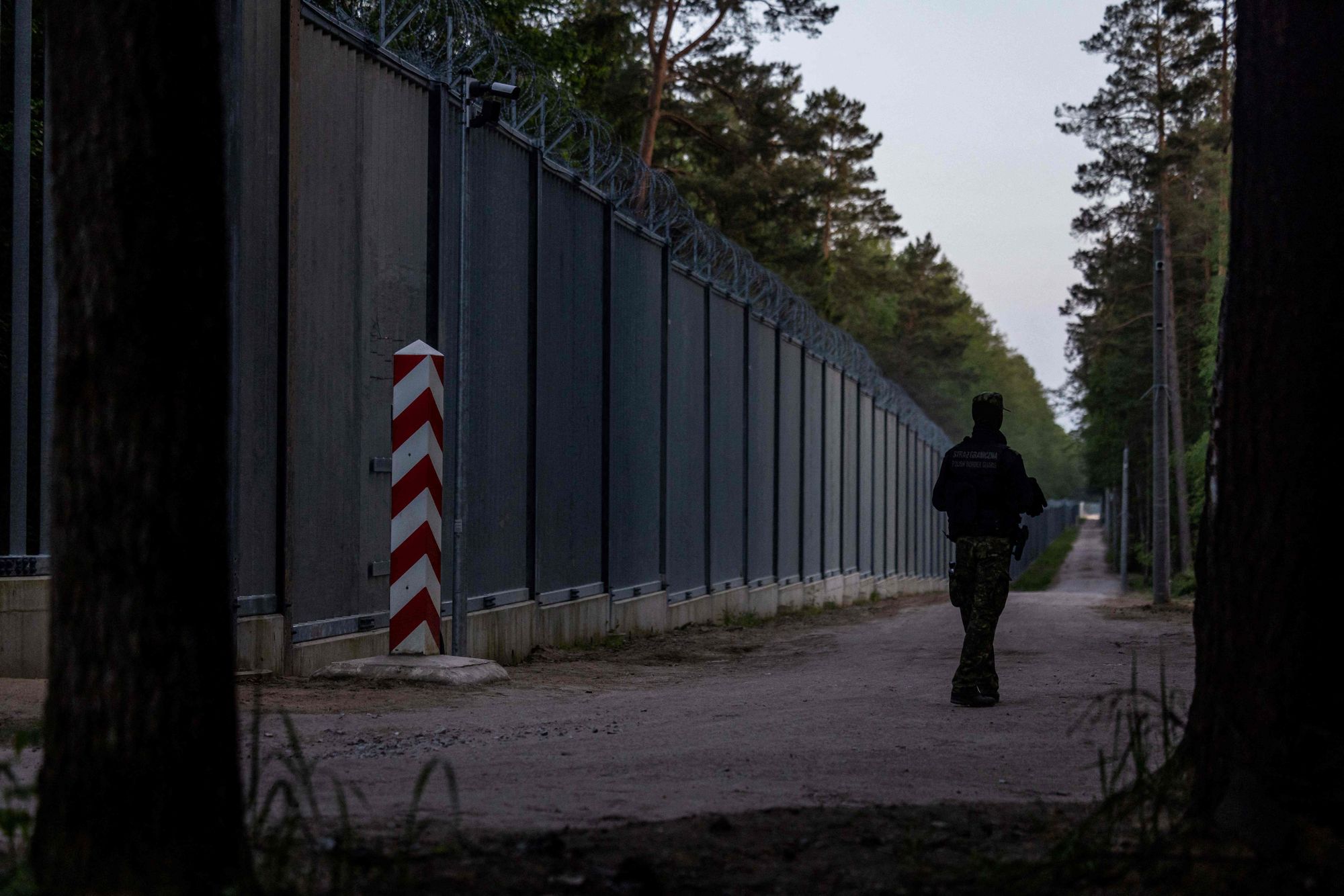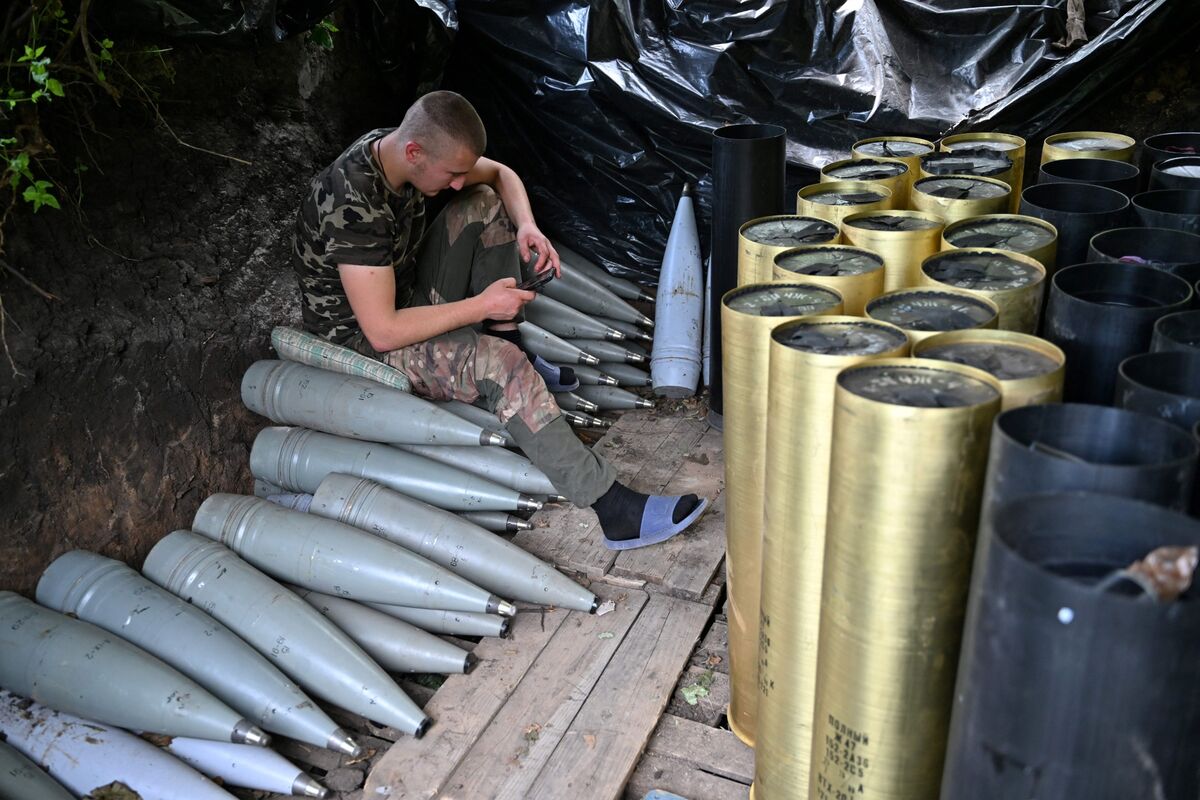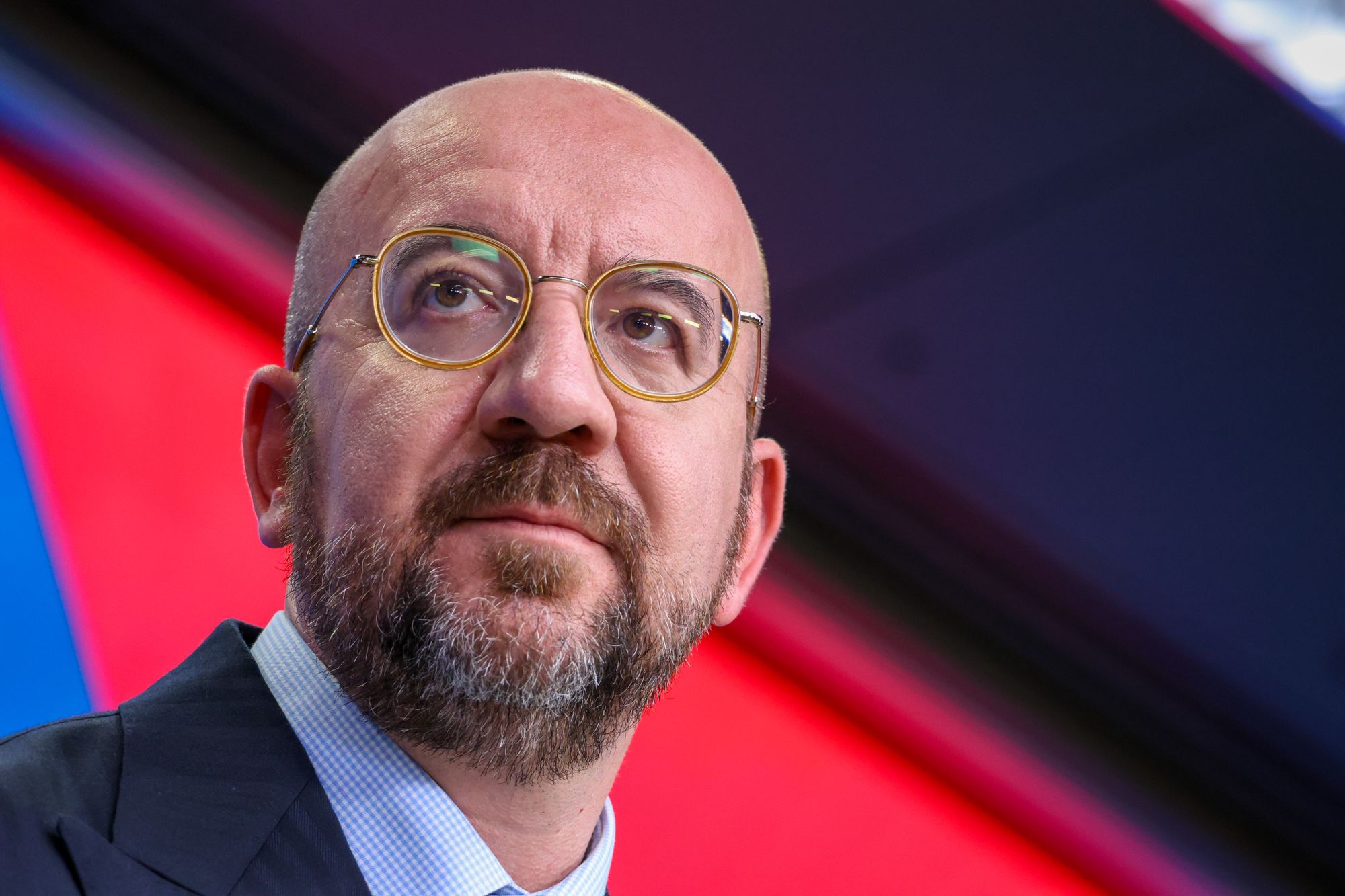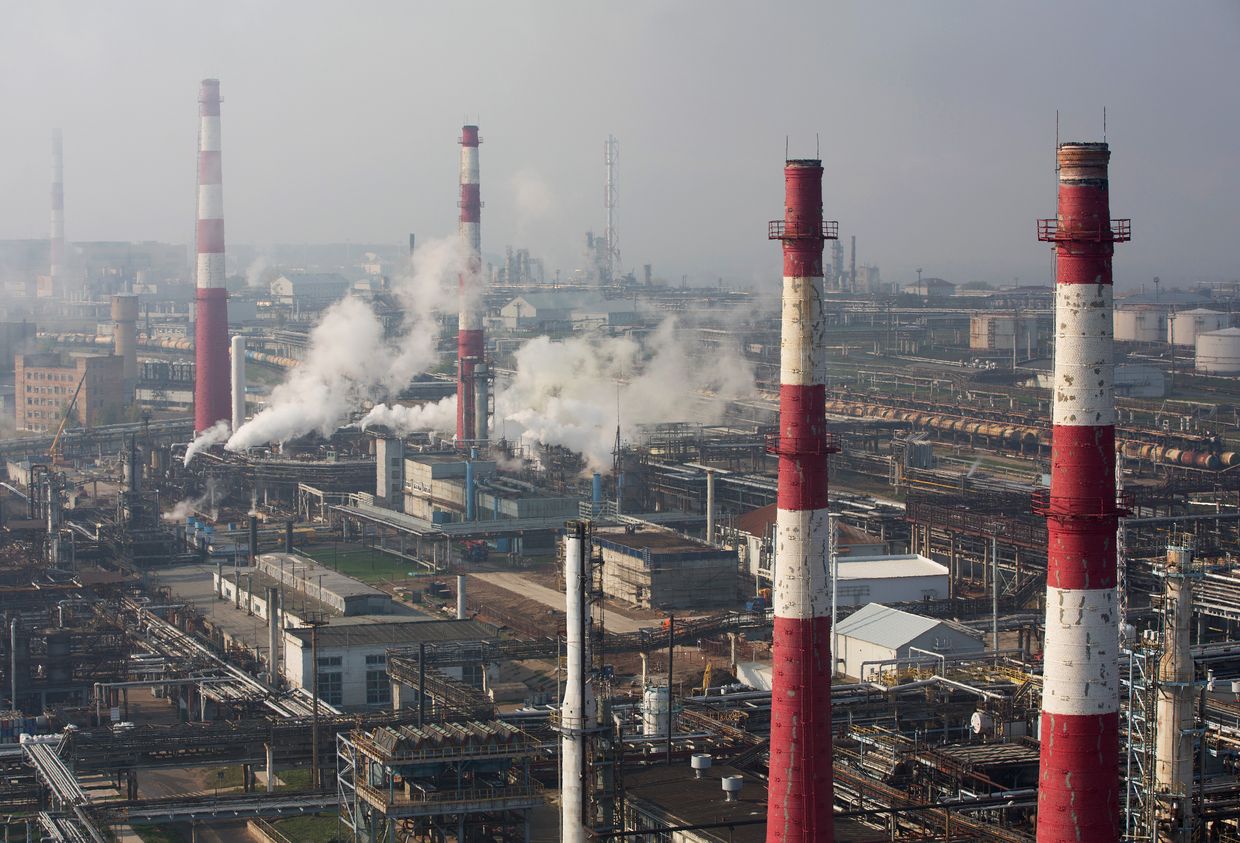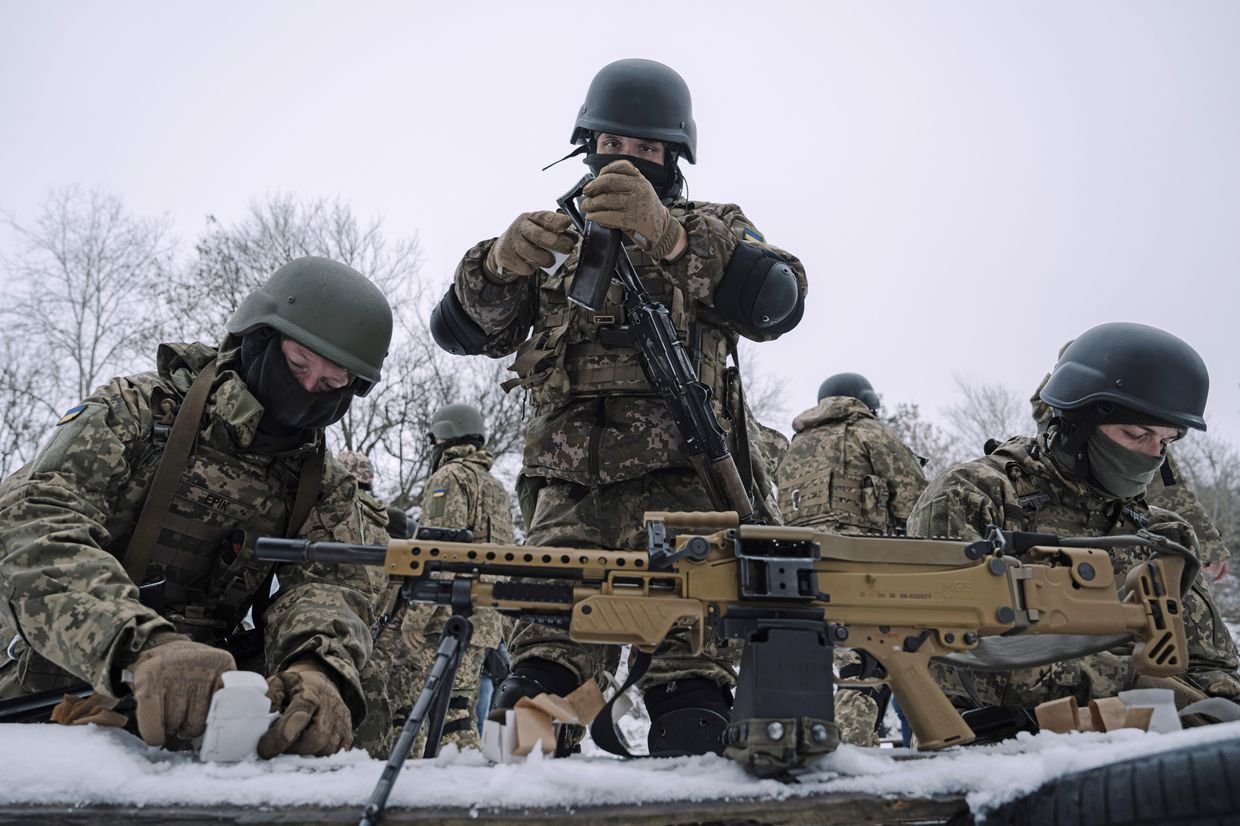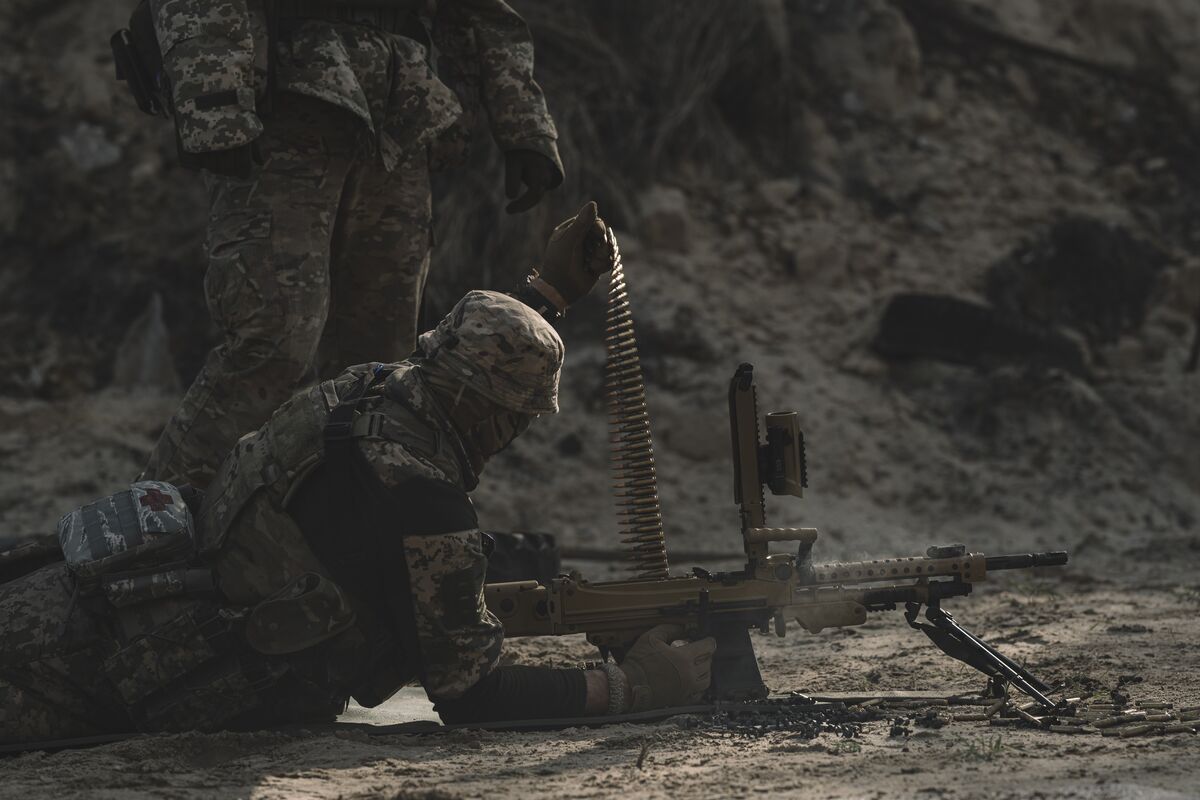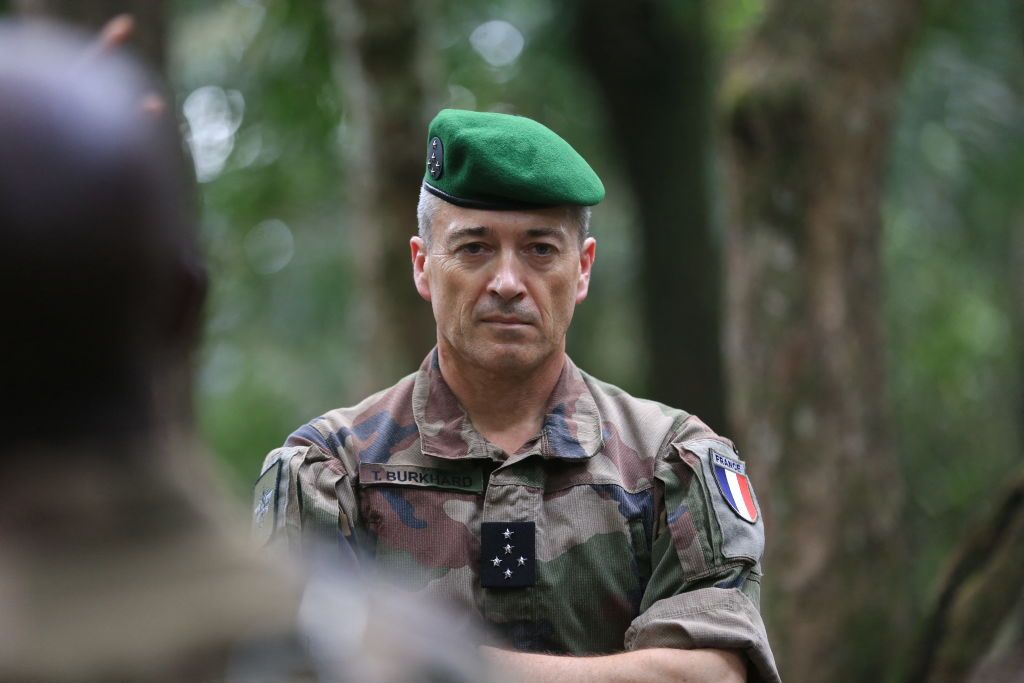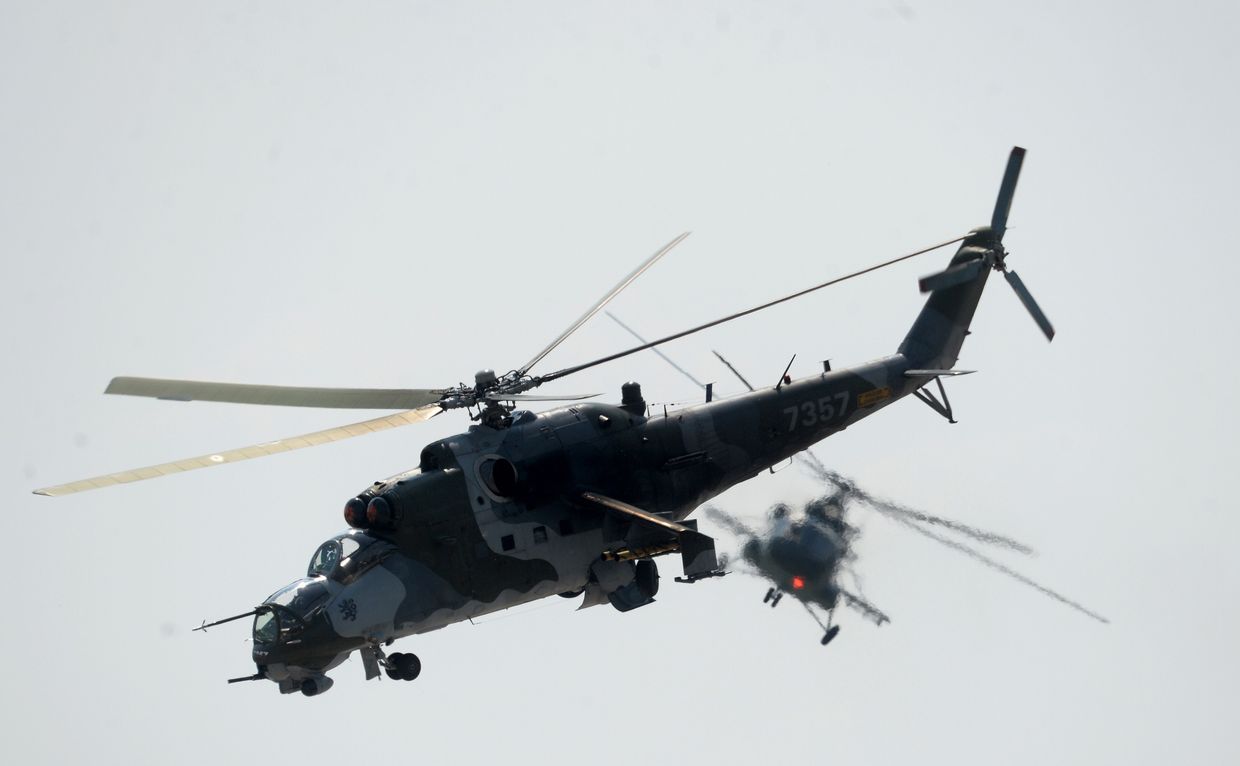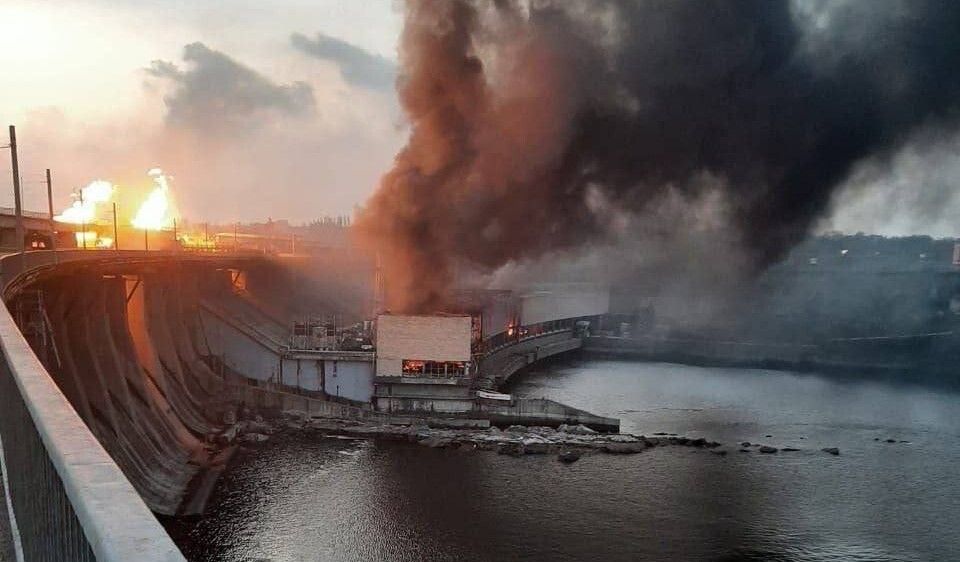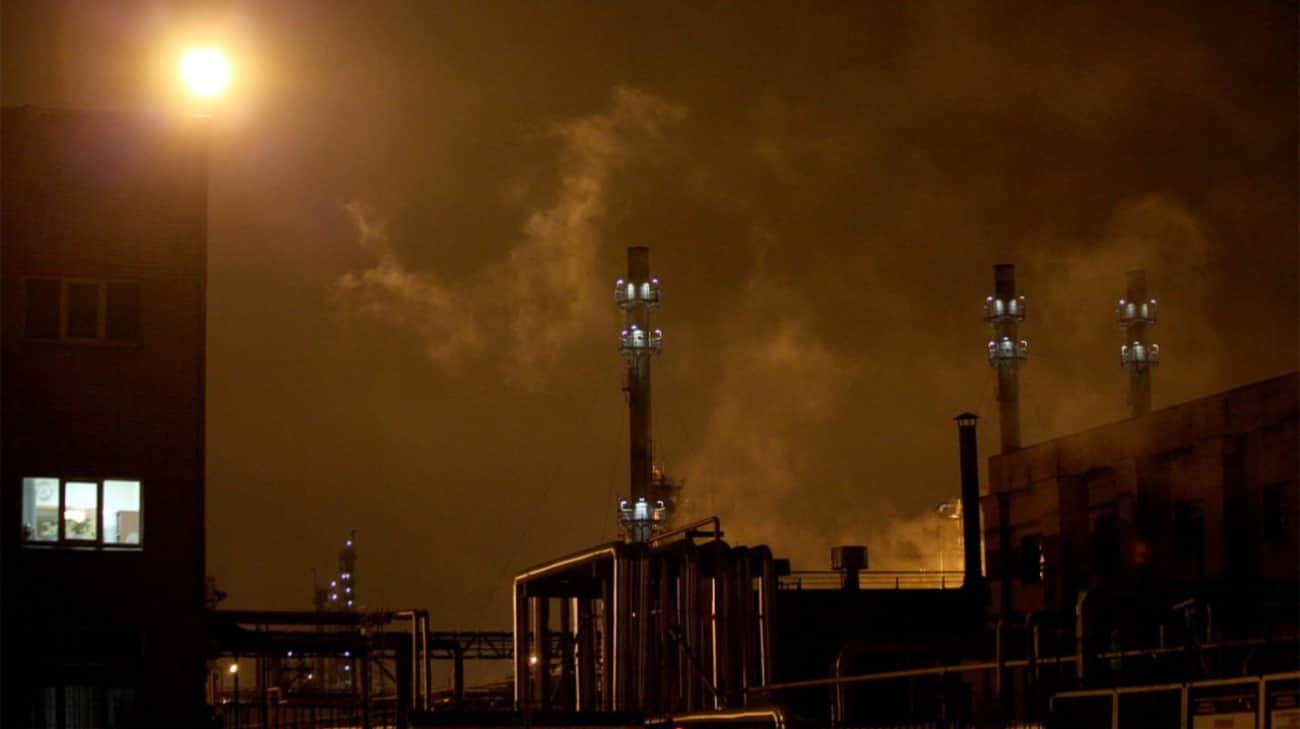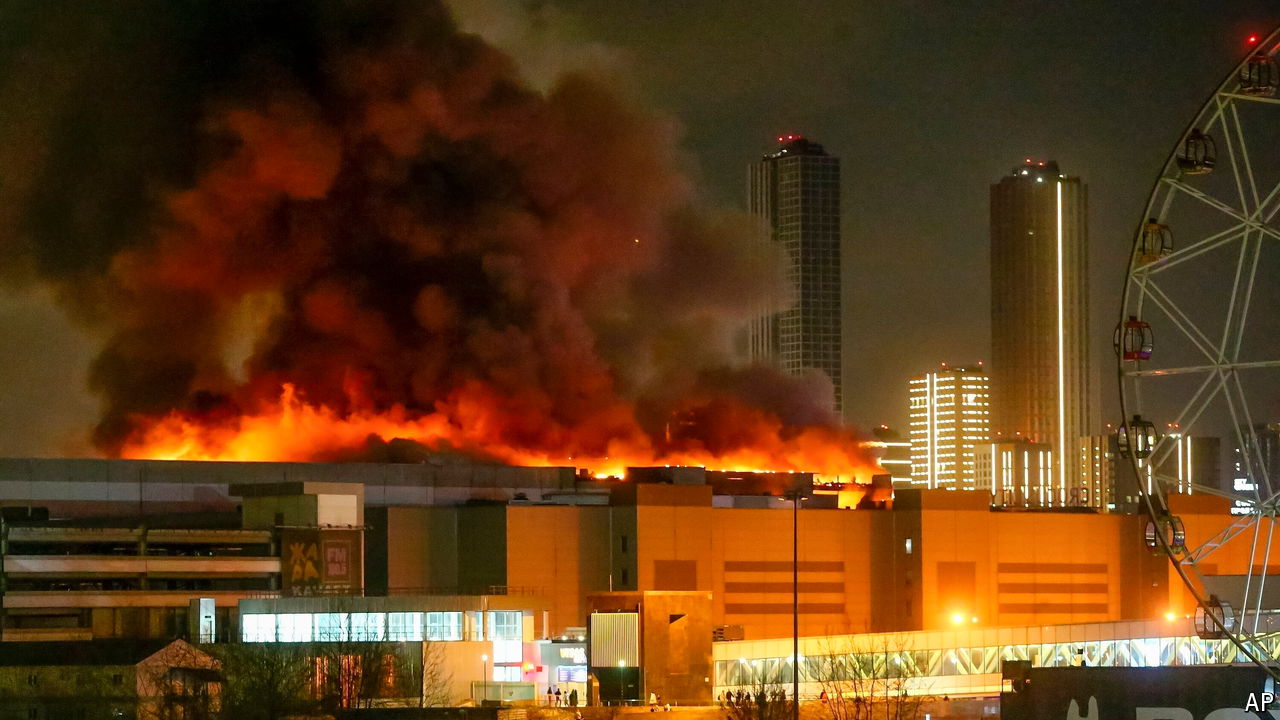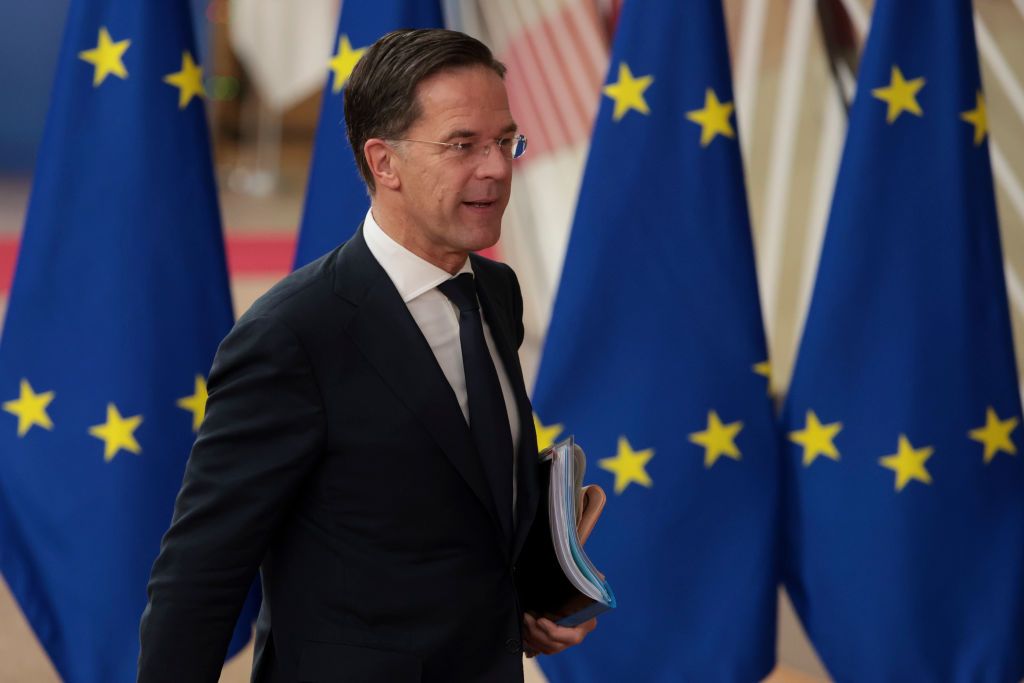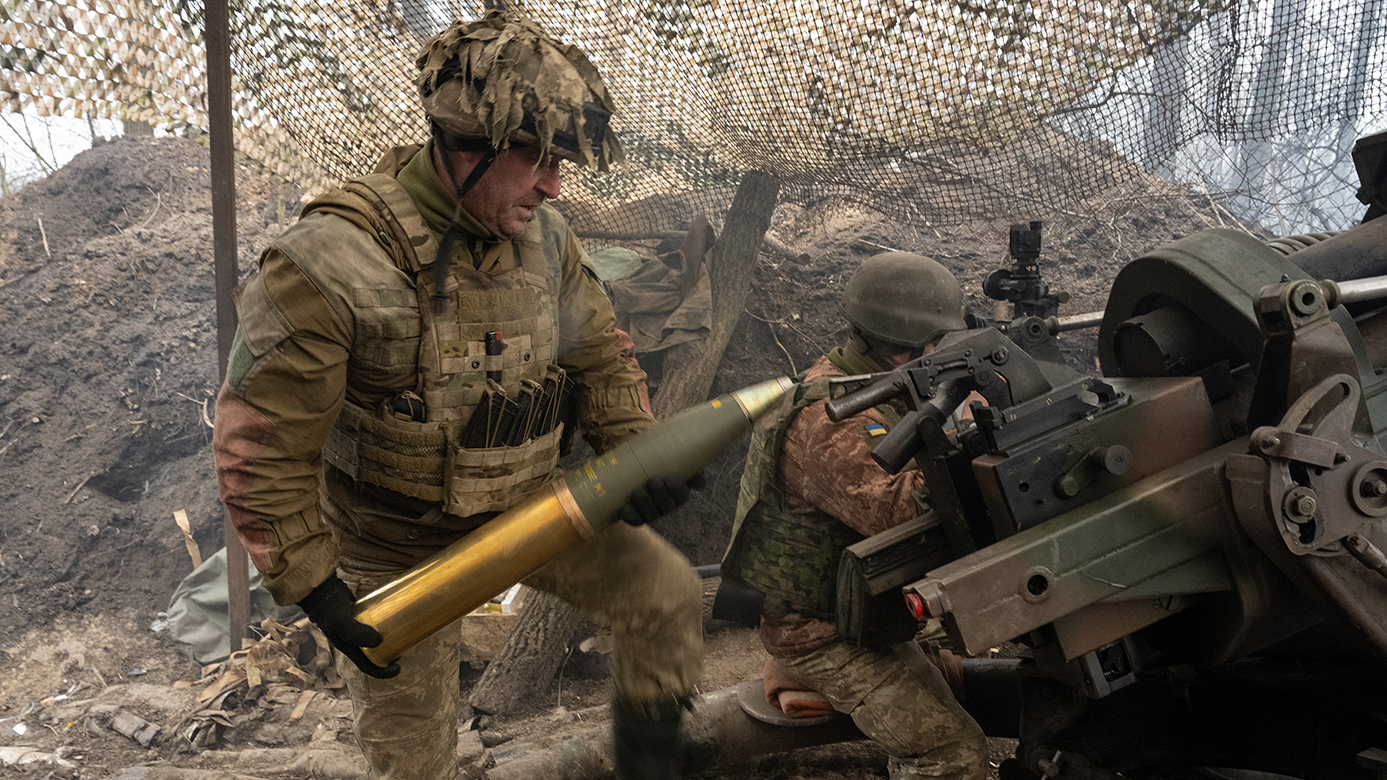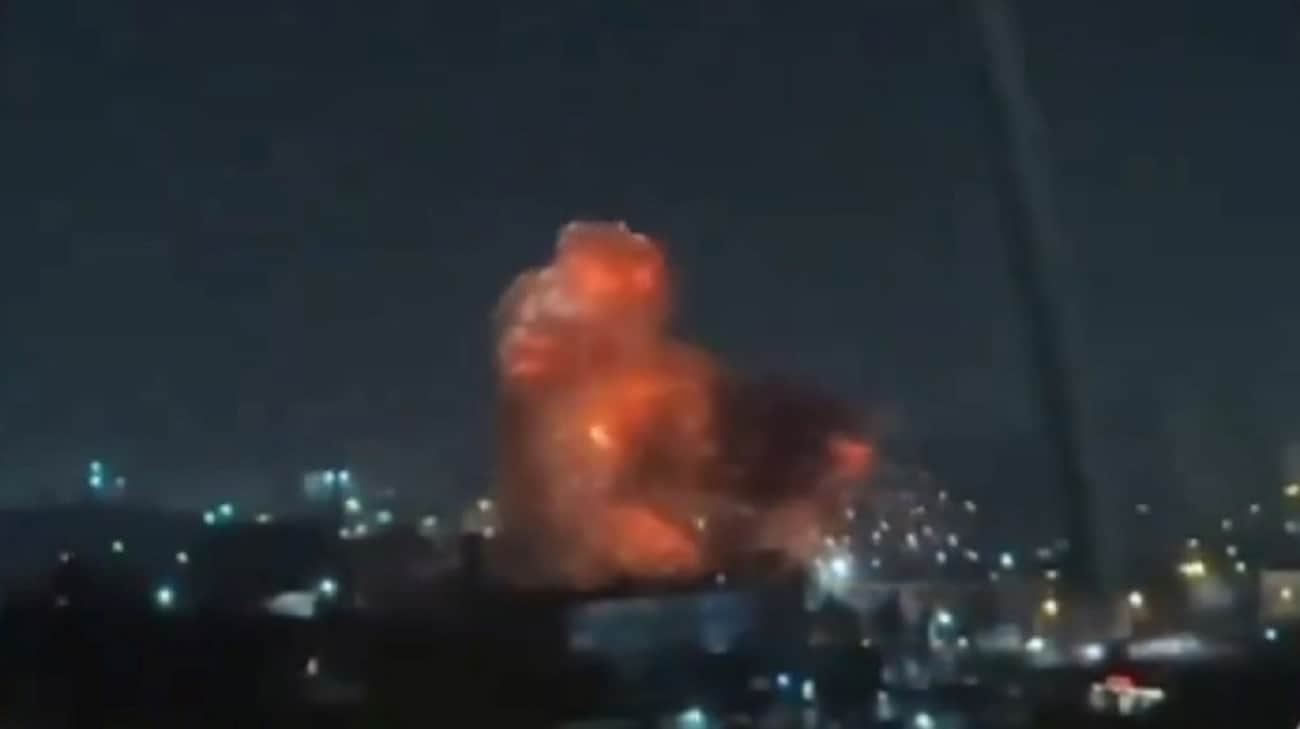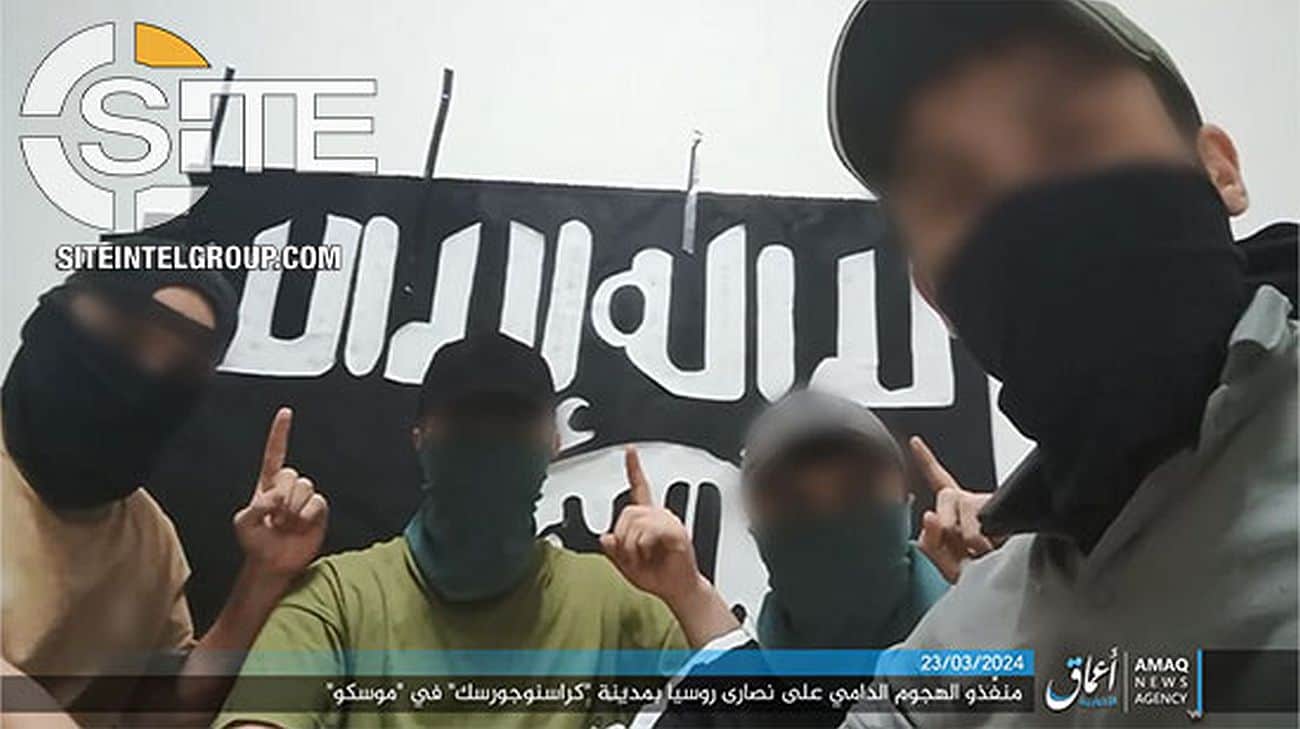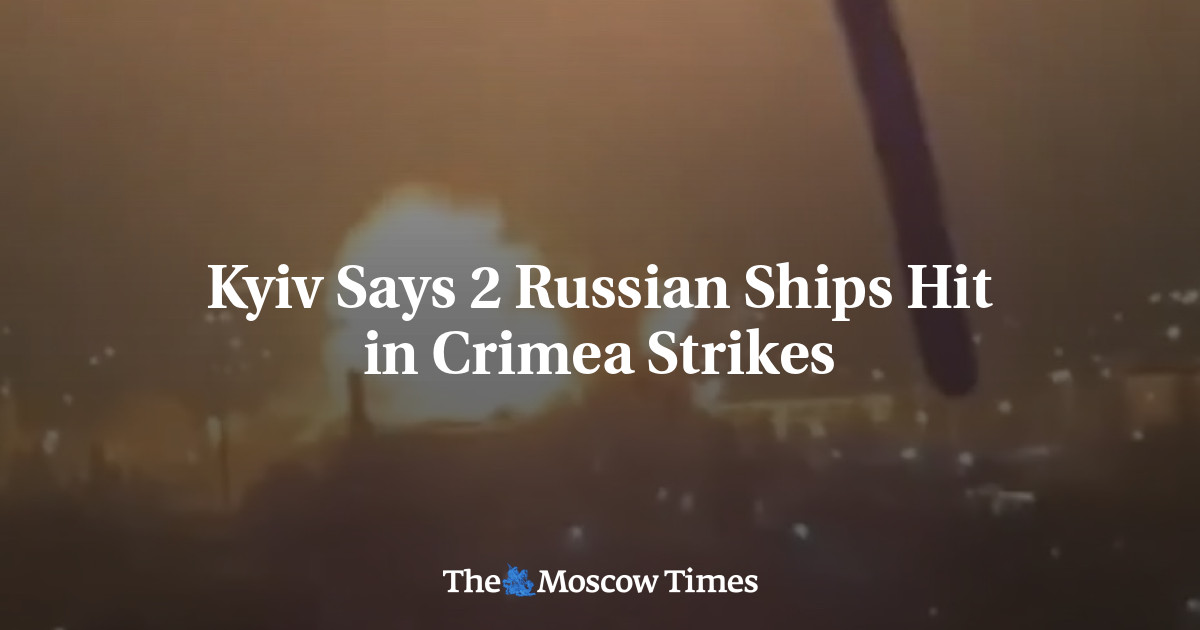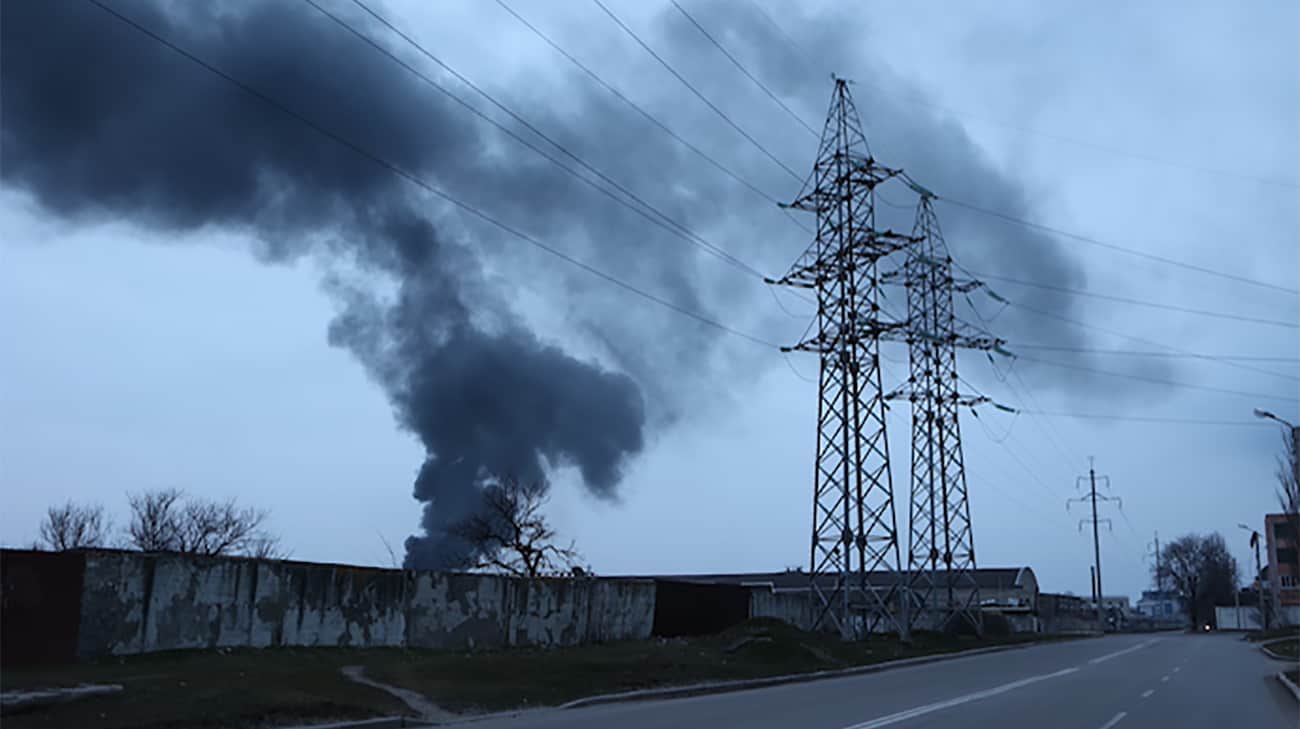Some brief thoughts following a recent field study trip to Ukraine. The current situation is difficult, but UA is working to stabilize the front. Much depends on whether the US provides support, and UA effectively addresses its manpower issues in the coming months. 1/
The main challenges are manpower, fortifications, and ammunition. These are interrelated problems. There is also the issue of sustainment, which needs to shift towards localization of maintenance, and spare parts production for a diverse park of Western equipment. 2/
Mobilization requires resourcing. Western assistance and UA manpower issues are connected. UA needs funding and training support. However, the lead times to resolve manpower issues are significantly greater than what it will take to ship ammo if the supplemental is passed. 3/
Ukraine needs more infantry in particular, which is not difficult to equip. Battalions end up with few platoons of viable infantry, unable to execute key tasks. Infantry is necessary not just for assault, but to hold the defensive lines and entrenchments which are being built. 4/
Mobilization is not just about changing policies on who is drafted or finding more manpower. It is about addressing terms of service, demobilization, and a host of other issues to stabilize the force. Right now, finding manpower within the force is at best a stopgap measure. 5/
A plan to build nationwide fortifications is being implemented, with a vision of multiple lines and a system of defensive positions/fortified points. The immediate challenge is weak secondary positions behind the forward lines being held by troops at the front. 6/
The AFU is short on artillery ammo & barrels are a growing issue. This is where Western material assistance remains essential. As Congress debates the supplemental, a combination of ammunition deficits and manpower issues, are resulting in Russian gains. 7/
At this point Russia’s fires advantage of 5:1 to 6:1 is significant, but not decisive. The growing problem is a higher rate of glide bomb employment by the Russian VKS, averaging 30-40 per day on parts of the front and from increasingly longer ranges (from 40-55km to 60km+). 8/
Glide bombs are fairly inaccurate, but destructive. They are not a form of close air support. However, they suppress units, destroy buildings, and fortifications. One of the reasons the AFU was pressed from Avdiivka was the concentrated volume of UMPK strikes by Russian VKS. 9/
In 2023, Russia was able to replace its losses, and generate additional combat formations. This means they likely recruited several hundred thousand troops. Though RF has not generated enough to rotate out those initially mobilized in 2022, this was not a priority for Moscow. 10/
The primary limiting factor for Russia is not ammunition or manpower, but likely equipment, and capacity to employ forces at scale (quality). Russian forces can ill afford to throw away an army’s worth of equipment for an offensive like Avdiivka given their replacement rate. 11/
Most of the Russian equipment comes out of storage, slowly eating through its Soviet legacy. While new production is increasing, it is doubtfully more than 20% of replacements. Hence, Russian forces could face growing equipment challenges in 2025-2026 (depending on losses). 12/
Russian forces in some cases are employing T-54/55s, or MT-LBs, for battle taxis to deploy troops in assaults due to a lack of BMPs or more suitable vehicles. This doesn't mean the Russian mil will run out of AFVs anytime soon, but it is illustrative of their constraints. 13/
Conserving equipment for RF means a destruction-centered approach, leveraging fires advantage and pursuing small group (assault group) infantry assaults. This yields incremental gains, but unlikely to generate major breakthroughs (as UA’s own offensive in 2023 demonstrated). 14/
With such tactics Russian forces have been unable to breakthrough in areas where they should be able to advance more easily, like the Robotyne salient south of Orikhiv. But larger offensives, akin to the initial Avdiivka assault, are likely coming this summer and in the fall. 15/
Ukraine’s ability to intercept Russian long-range drones is improving, based on a network of sensors, EW systems, and mobile defense groups which now intercept over 40% of such strikes. Cheap forms of strike are steadily being countered by cheap forms of intercept. 16/
Across parts of the front Ukrainian forces fight in a more integrated fashion, combining electronic recon systems, EW, with drone units, in a better synchronized, and information driven approach. In elite units this forms a system. (Example: Madyar's drone unit) 17/
Ukraine is scaling up production of FPV drones, to exceed 1M this year. But basic FPVs are readily countered by EW. The contest is therefore increasingly moving from quantitative to qualitative dimensions. Drone units are differentiated by skill and integration. 18/
At this stage, strike drones offer an offset for artillery ammo deficits (particularly in defensive operations), but are not a replacement for the volume of fire, area of effect, and suppression artillery delivers. Elite unit performance is not reflective of the entire front. 19/
With Western support, a stabilized AFU could hold this year against Russian offensives. This presumes fortifications are established (currently in progress), UA has funding + ammo support, and the manpower problem is addressed by Kyiv in the coming months. 20/
An expanded strike campaign, which I argued with colleagues should be part of the strategy for 2024, is a cost effective way to create challenges for the Russian state. Strikes against Russian energy infrastructure are one example of such a campaign. 21/
Western industrial capacity is increasing. Ukraine's commercial maritime traffic has picked up significantly. If Ukraine can hold through 2024, Russia's current advantage in this war does not necessarily increase, or become decisive, but instead can decrease over time. 22/
However, if difficult political choices are not made in the coming months, Russian advantages will mount. The risk of a Russian breakthrough in the second half of the year rises dramatically. Consequently, along with political will, time is a factor.

